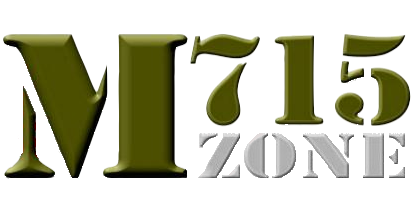
Originally Posted by
sermis

Maybe Tim or someone can explain better than me.
Motor RPM will be the same on all motors, ie 2,500 is 2,500 RPM
Think of a drill press. Change the belts to a different size pulley and the chuck turns faster or slower. The motor is still turning the same speed.
Gear raito, transmission ratio, transfer case ratio, tire size will all effect the final motor RPM. Over drive will lower the motor RPM, larger tires will also lower the motor RPM, lower gears will, increse motor RPM at the same speed.
axle tire speed tranny
4.56 40 65 1 = 2490 rpm
4.56 40 65 .70= 1743 rpm
5.89 40 65 1 = 3216 rpm
5.89 40 65 .70 = 2251 rpm








 Reply With Quote
Reply With Quote








